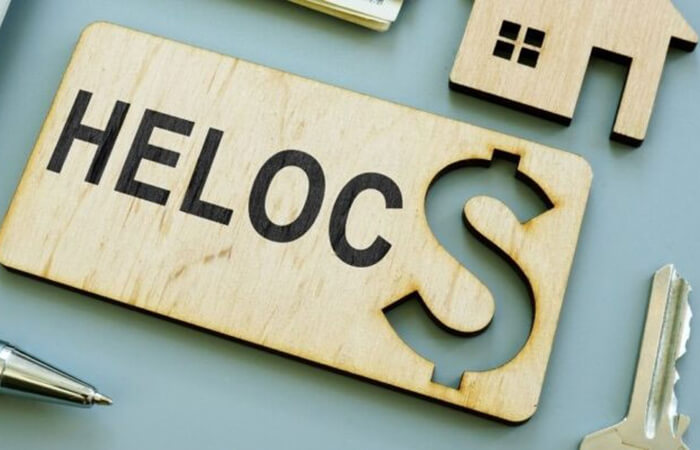Committed to making your mortgage approval process stress free and efficient for over 25 years, Sunlite Mortgage is one of Toronto, Canada’s leading mortgage brokerages.

If you’re a homeowner looking to access funds for home improvements or other expenses, a home equity line of credit (HELOC) may be a good option for you. But what do you need to qualify for a HELOC, and how does it work? Here’s what you need to know.
A HELOC is a type of loan that allows you to borrow against the equity in your home. Equity is the difference between the current value of your home and the amount you still owe on your mortgage. With a HELOC, you can borrow up to a certain amount, usually based on a percentage of your home’s value, and then use the funds as needed. Unlike a traditional loan, you only pay interest on the amount you borrow, not the entire line of credit. HELOCs typically have variable interest rates, which means your payments may fluctuate over time.
One of the most important factors in qualifying for a HELOC is your credit score and history. Lenders want to see that you have a good track record of paying your bills on time and managing your debts responsibly. Generally, you’ll need a credit score of at least 620 to qualify for a HELOC, although some lenders may require a higher score. It’s also important to review your credit report for any errors or inaccuracies that could be dragging down your score. You can get a free copy of your credit report from each of the three major credit bureaus once a year at AnnualCreditReport.com.
Another important factor in qualifying for a HELOC is your loan-to-value (LTV) ratio. This is the amount of your outstanding mortgage balance compared to the appraised value of your home. Lenders typically want to see an LTV ratio of no more than 80%, meaning you have at least 20% equity in your home. To calculate your LTV ratio, divide your outstanding mortgage balance by the appraised value of your home. If your LTV ratio is too high, you may not qualify for a HELOC or may only be able to borrow a smaller amount.
In addition to your credit score and loan-to-value ratio, lenders will also look at your Total Debt Service (TDS) ratio when considering you for a HELOC. This is the amount of your monthly debt payments compared to your monthly income. Lenders typically want to see a TDS ratio of no more than 44%, meaning your monthly debt payments (including your mortgage) should not exceed 44% of your monthly income. To calculate your TDS ratio, add up all of your monthly debt payments and divide by your monthly income. If your TDS ratio is too high, you may not qualify for a HELOC or may only be able to borrow a smaller amount.
Once you have determined that you meet the qualifications for a HELOC, it’s time to gather the necessary documentation and apply. This will typically include proof of income, such as employment letters, pay stubs, or tax returns, as well as documentation of your home’s value and any outstanding mortgage balances. You may also need to provide information about other debts or financial obligations. It’s important to have your mortgage broker shop around and compare offers from different lenders to find the best terms and interest rates for your needs. Once you have been approved for a HELOC, you can access the funds as needed and begin using them for home improvements, debt consolidation, or other expenses.